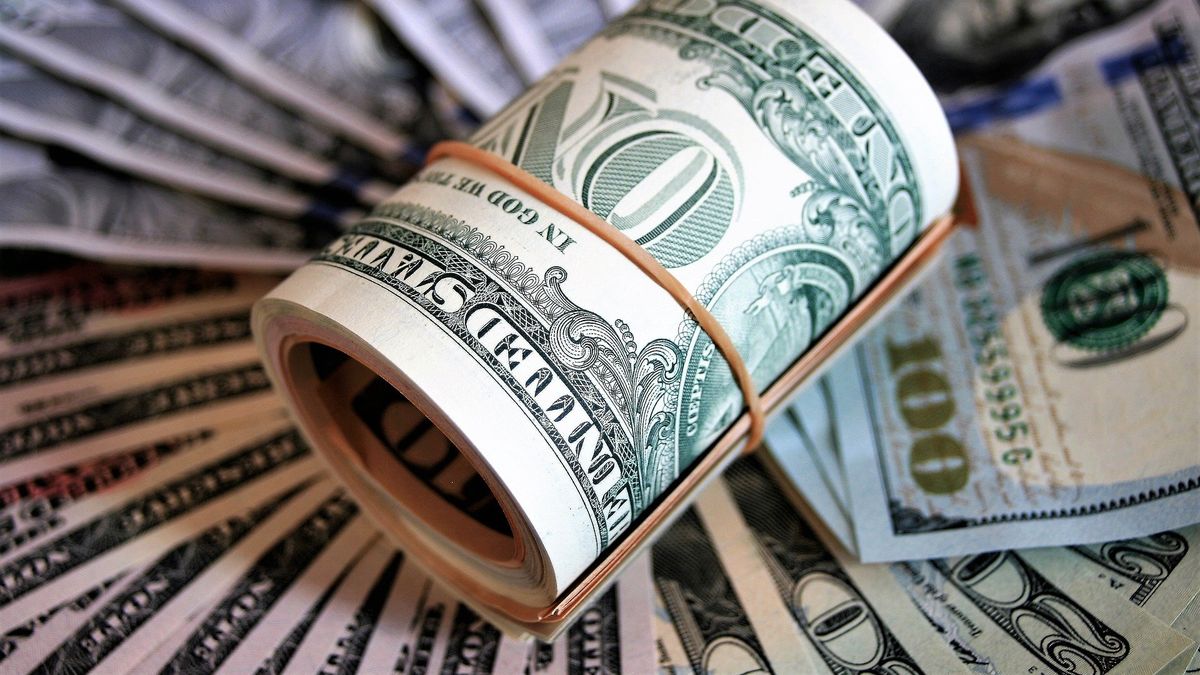In the same way, the MEP dollar -also valued with the Global 2030 bond- rose 1.3% ($2.34) to $187.94 and the gap rose to 71.9%.
The stock exchange rates had collapsed more than $10 since the beginning of March due to several factors, such as the acceleration in the official devaluation rate and the rate hike, all within the framework of the agreement with the IMF, which contributes to calm expectations .
Likewise, a firm liquidation of dollars from cereal exporters has been observed, which advanced transactions for fear that the Government will soon increase agricultural withholdings.
On Sunday, the Executive Branch closed the register of soybean meal and oil exports, with what is speculated to be the initial step to raise tariffs on exports of these products, a measure widely rejected by agricultural entities.
The measure could be confirmed on Friday, as part of the package of measures that President Alberto Fernández would announce to combat inflation, which in February was 4.7% and in March it is heading to 5%.
“There are plenty of dollars and that is why the alternative peso is affirmed, with a Central Bank (BCRA) that takes advantage of recovering some reserves. For fear of more withholdings, exporters advanced positions since last week,” explained a veteran exchange agent. .
“The harvest dollars are beginning to come in” and it is reflected in the market, added analyst Christian Buteler. Due to seasonal issues, March is the first month where the sale of crops and their corresponding foreign currency income to the country, which are converted into pesos through the BCRA, have an impact.
official dollar
In the wholesale segment, the currency rose 11 cents to $109.32. On Tuesday, the Central Bank bought another $92 million, after accumulating a positive balance of $375 million last week; while so far this month it adds up to almost US$560 million.
“The authority maintained its positive result due to regulatory actions in the market, although it was unable to exhibit the forcefulness of the preceding days due to the better performance of authorized demand in a scenario of lower activity,” said analyst Gustavo Quintana.
He added that “all expectations are now oriented to see if the good level of income of the agro-export complex is maintained or if, on the contrary, we enter a period that alters the friendly environment seen until today.”
In a day with lower volume of business, the US currency traded with little fluctuation and always within the range defined for today by the monetary authority. The prices exhibited a very limited route and without being able to exceed the limits imposed by the official regulation.
The lows were noted early in the session at $109.30, ten cents higher than the previous end. Authorized demand and genuine supply operated in relative balance throughout the day, with little variation in prices and marginal participation of the Central Bank in the development of operations. Buy orders had a slight dominance in the last part of the day, a period in which the values reached today’s highs when trading at $109.32.
In the first two days of this week, the wholesale exchange rate rose 44 cents, an adjustment very similar to the 43 cents recorded in the same period last week. The official strategy was not altered and the slide in prices continues at a rate similar to that exhibited since the beginning of the year, Quintana pointed out.
For his part, the savings dollar or solidarity dollar -retail plus taxes- advanced cents to $189.46 on average.
The The blue dollar ended stable this Tuesday, March 15, 2022, before which it remained at its lowest value in three months, after noting its third consecutive fall according to a survey by Ámbito in the Black Market of Currencies.
The Casual Dollar closed at $200, lowest since mid-December 2021. However, during the day it even traded at $199. Thus, the gap with the official wholesale dollar it stood at 83%, its lowest level since July 13, 2021.
This way, Since Thursday of last week, the parallel dollar has accumulated a drop of $5. In any case, the fall is much less than that suffered by financial dollars, which are already operating even under dollar savings, less than $189.
Since the Government’s announcement of the understanding with the International Monetary Fund (IMF) a month and a half ago, the blue dollar registers a fall of $23 or 10.3% after marking its nominal record of $222.50 on Thursday, January 27.
Blue dollar price in the month
So far in March, the parallel dollar shows a decrease of $11 (-5.2%), after ending last month at $211.
Source: Ambito
David William is a talented author who has made a name for himself in the world of writing. He is a professional author who writes on a wide range of topics, from general interest to opinion news. David is currently working as a writer at 24 hours worlds where he brings his unique perspective and in-depth research to his articles, making them both informative and engaging.




